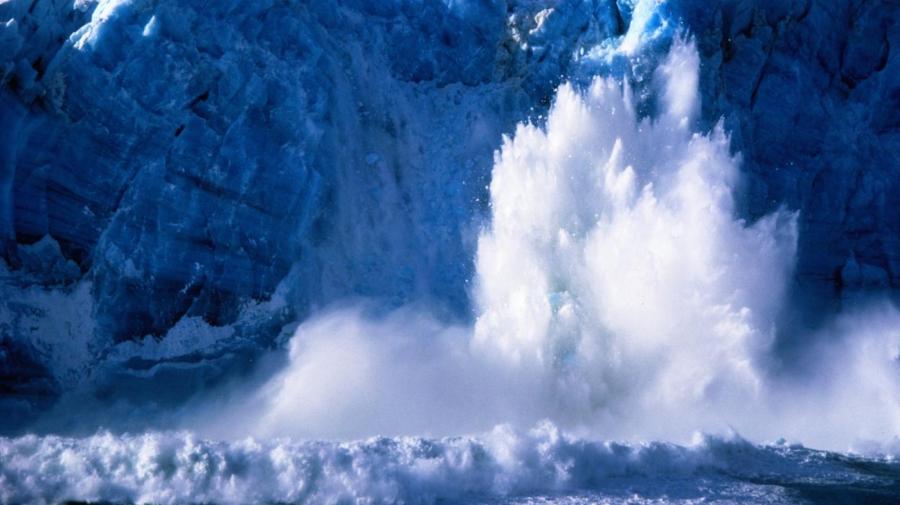How Do Avalanches Occur?

Avalanches occur when masses of snow, often with ice and debris, slide down mountain sides. They are triggered by overloading, snow pack conditions, slope angle, vibration and temperature. They gain speed and power as they draw nearer to the bottom of the slope.
Overloading is a major factor in the occurrence of an avalanche. When the weight of snow increases, it soon overcomes cohesion to the snow pack below. Additionally, bonds weaken when temperatures increase, while the tension and brittleness of a slab increases when temperatures fall. Another significant trigger is slope angle. Many avalanches typically occur on slope angles between 35 and 40 degrees. Vibration is caused by shouting, explosion, gun shot, thunder and other loud noises. Earthquakes and noise produced by heavy machinery are also capable of starting avalanches.
Avalanches generally occur in mountainous regions throughout temperate and arctic locations. There are three primary types of avalanches. Powder avalanches start from a single point and gathers snow as it slides down the snow, creating a snowball effect. It typically happens after heavy snowfall on a smooth surface. Slab avalanches are the most common type to occur during winter due to fresh snow buildup. A slab detaches from a layer of weaker snow below a compact snow layer and moves forward as a whole block or sometimes breaks into pieces. Wet avalanches frequently occur during the spring thaw or after a warm spell.





